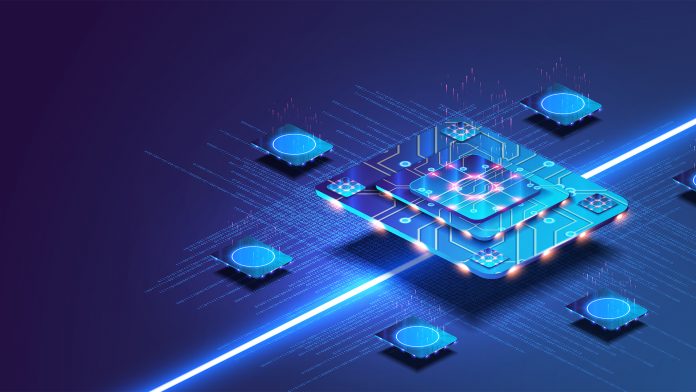Scientists at Japan Advanced Institute of Science and Technology have developed a framework based on quantum calculations to solve optimisation problems.
One of the most significant classes of problems that scientists aspire to solve is optimisation problems. These problems have relevance in scientific fields, such as computer science puzzles, as well as everyday applications in fields like vehicle routing and digital marketing.
One method of solving such problems is ‘quantum annealing’, a framework that tackles optimisation problems by using ‘quantum tunnelling’—which is a quantum physical phenomenon—to pick out an optimum solution out of several candidate solutions.
However, currently, this technique has found scarce applications in quantum mechanical problems. “Chemists and material scientists, who deal with quantum problems, are mostly unfamiliar with quantum annealing and so do not think to use it. Finding applications of this technique is therefore important for increasing its recognition as a useful method in this domain,” explained Professor Ryo Maezono, from Japan Advanced Institute of Science and Technology.
In a study published in Scientific Reports, Maezono and his colleagues: Keishu Utimul, Professor Kousuke Nakano and lead author of the study, Professor Kenta Hongo, explored the phenomenon of ionic diffusion in solids.
The researchers applied a framework that fused quantum annealing with ab initio calculations, a method that calculates physical properties of materials without relying on experimental data.
“While current ab initio techniques can provide information about diffusion path networks of the ions, it is difficult to map that information into useful knowledge of the diffusion coefficient, a practically relevant quantity,” explained Professor Maezono.
The team looked to calculate the ‘correlation factor’, an important quantity in the diffusion process, and realised that this could be achieved by framing the process as a routing optimisation problem.
They then determined the correlation factor for a straightforward two-dimensional tetragonal lattice, for which they already knew the exact result, using quantum annealing and other computational techniques and compared their outputs.
The researchers found that the calculated correlation factors were consistent with the analytical result for all the methods employed, but all the approaches experienced challenges due to unrealistic computational costs for large system sizes.
However, they did find that the expenses for quantum annealing grew slower than the other techniques, which showed rapid exponential growth.
Maezono concluded: “The problem of ion diffusion in solids is of central importance in building smaller batteries with higher capacity or improving the strength of steel. Our work shows that quantum annealing is effective in solving this problem and can expand the scope of materials science as a whole.”









